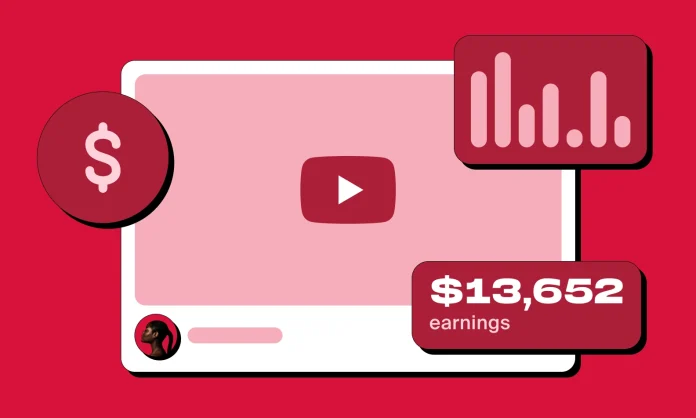In the world of digital content creation, YouTube remains one of the most popular platforms for creators to share their work and earn income. But many aspiring YouTubers often ask, “How much does YouTube actually pay for 1,000 views?” The answer isn’t straightforward, as earnings can vary widely depending on several factors. To better understand how creators make money, it’s essential to look into YouTube’s revenue model, examine real-world examples, and explore what influences these earnings. This article will help demystify the process, giving you a clearer picture of what to expect as a content creator on this platform.
Understanding YouTube’s Revenue Model for Creators
YouTube’s primary revenue stream for creators is through ad monetization, which is managed via the YouTube Partner Program. When your channel is eligible, ads are displayed before or during your videos, and you earn a share of the advertising revenue generated. The actual payout depends on several factors, including viewer location, ad type, and viewer engagement. YouTube uses a metric called CPM (cost per thousand views) to determine earnings, which varies greatly and is often influenced by the niche and audience demographics. Besides ads, creators can also earn through channel memberships, Super Chats, and YouTube Premium revenue, diversifying their income streams.
The CPM rate, a crucial element in understanding earnings, can range from as low as $0.25 to over $4.00 or more in some niches. For example, finance or technology channels tend to have higher CPMs because advertisers in these sectors are willing to pay more for targeted views. Conversely, entertainment or gaming channels generally have lower CPMs but may still attract high view counts. It’s important to recognize that YouTube takes a 45% cut of ad revenue, leaving creators with about 55% of the total ad revenue earned from their videos. Hence, understanding this revenue split and the factors influencing CPM is vital for estimating potential earnings.
Real-World Example: How Much YouTube Pays for 1,000 Views
In practice, earning from 1,000 views can vary significantly depending on the channel and audience. Let’s take an example where a popular lifestyle vlogger earns an average CPM of $2.50. This means that for every 1,000 monetized views, the creator would earn roughly $1.38 after YouTube takes its share (since 55% of the CPM goes to the creator). However, not all views are monetized—sometimes, viewers use ad blockers or skip ads, which reduces the effective CPM.
In another example, a tech reviewer with a higher CPM of $4.00 might earn approximately $2.20 for 1,000 views, assuming most views are monetized. On the other hand, a gaming channel with a CPM of around $1.00 could see earnings of just about $0.55 per 1,000 views. It’s essential to remember that these figures are rough estimates; actual earnings can be higher or lower based on factors like viewer location (ad rates are higher in countries like the U.S. or Canada), the freshness of content, and the engagement level of viewers. This variability means creators should focus on growing their audience and optimizing content rather than relying solely on fixed earnings per 1,000 views.
Factors That Influence Your Earnings per 1,000 Views
Several factors can significantly influence how much you earn from 1,000 views on YouTube. Firstly, the geographic location of your viewers plays a pivotal role—audiences in wealthier countries like the U.S., Australia, or Western Europe tend to generate higher CPMs due to more lucrative advertising opportunities. Additionally, the type of content you produce impacts earnings; specialized niches such as finance, technology, or business often command higher ad rates than general entertainment or vlogs.
Viewer engagement also affects your revenue; higher engagement levels lead to more effective monetization because active viewers are more likely to watch ads throughout your videos or click on them. The length of your videos can be another factor—longer content allows for more ad placements, potentially increasing earnings. Lastly, factors like ad inventory, seasonal advertising trends, and YouTube’s algorithmic changes can all influence how much you make per 1,000 views. Understanding and optimizing these elements can help creators maximize their income potential, making YouTube not just a platform for sharing content but also a viable source of revenue.
While the amount YouTube pays for 1,000 views varies, understanding the platform’s revenue model and the factors that influence earnings can help creators set realistic expectations and strategize for growth. Whether you’re just starting or have an established channel, focusing on quality content, audience engagement, and niche selection can improve your earnings prospects. Ultimately, success on YouTube involves not only gathering views but also building an engaged community that values your content—and that can translate into meaningful income over time.


